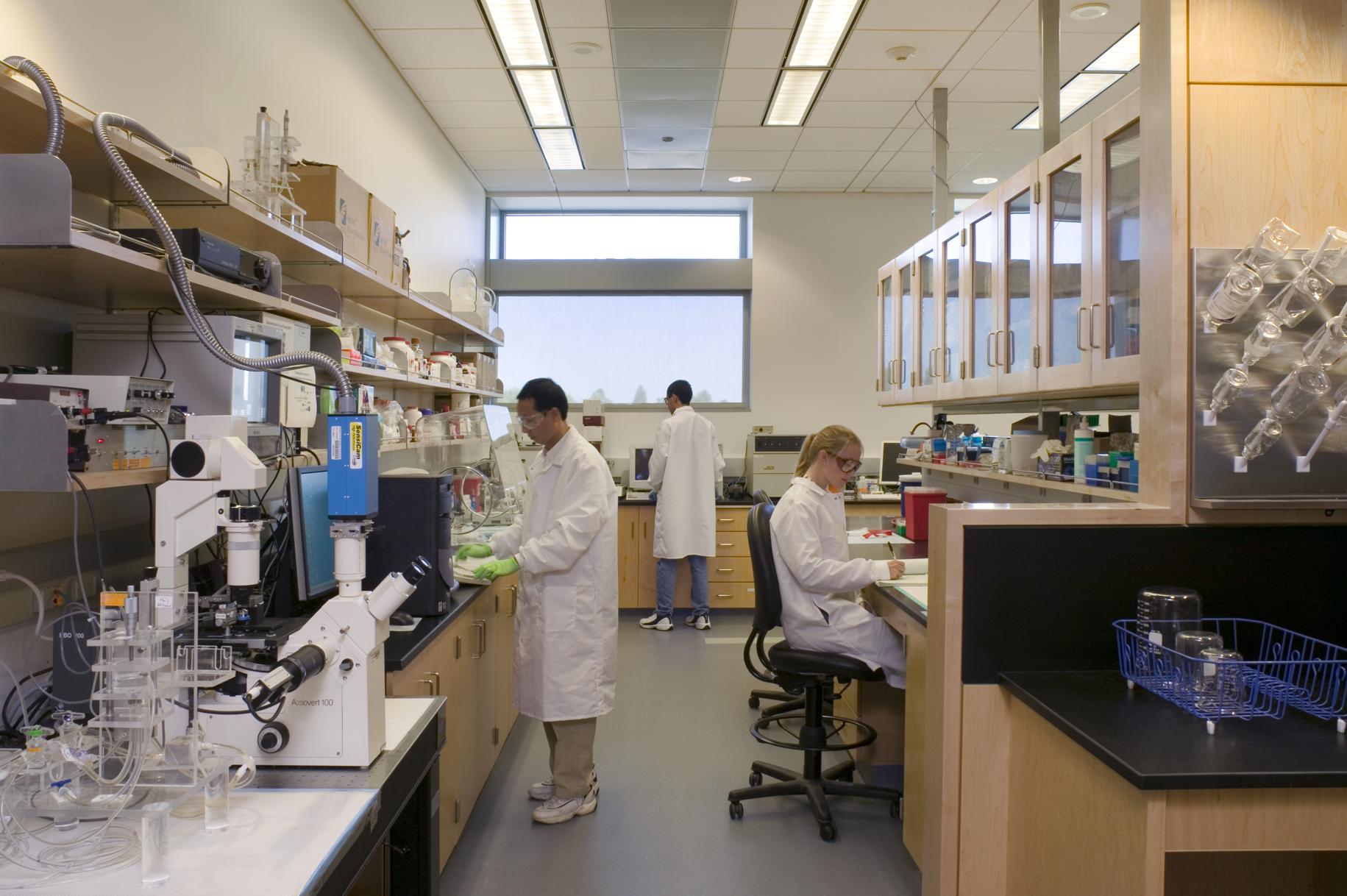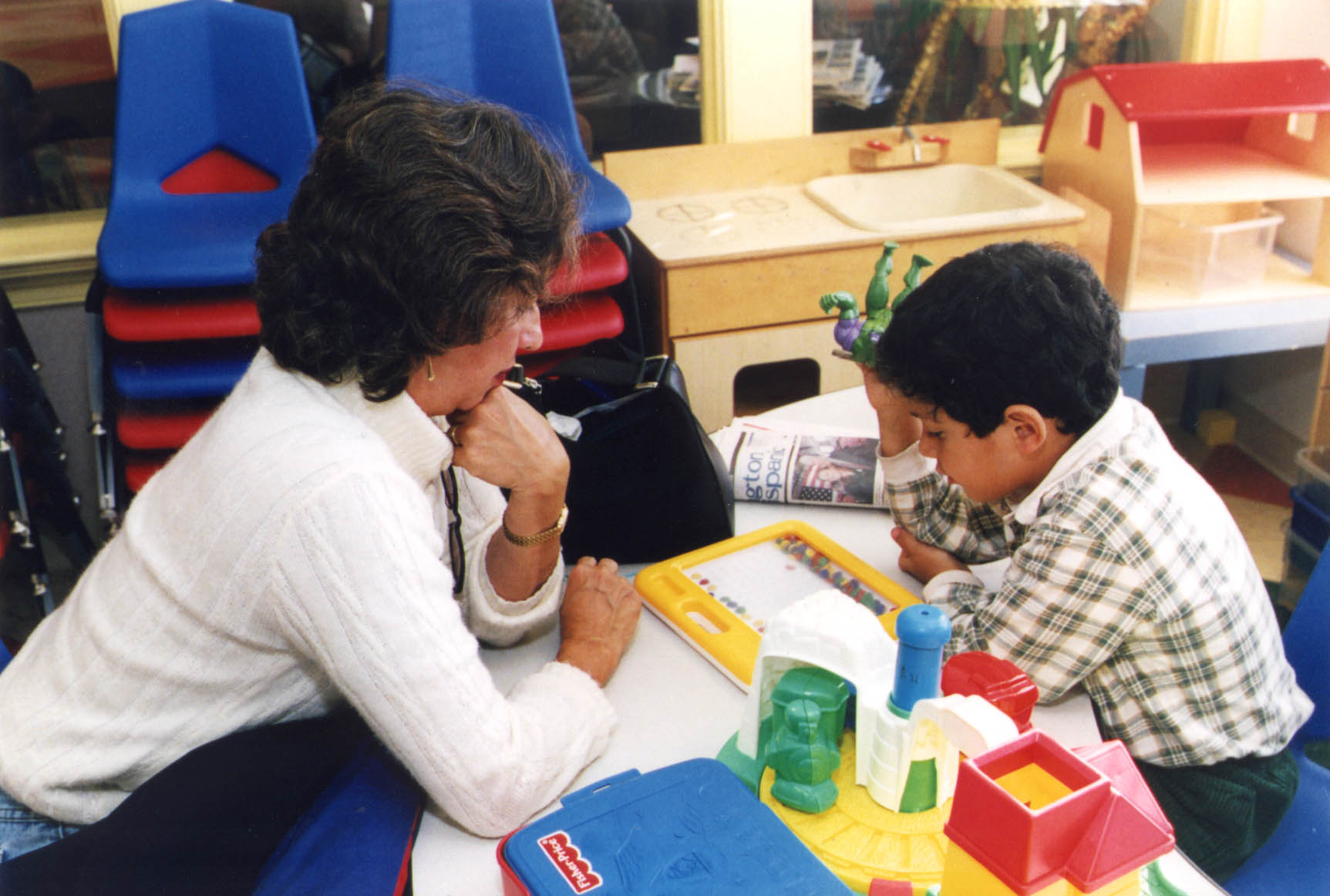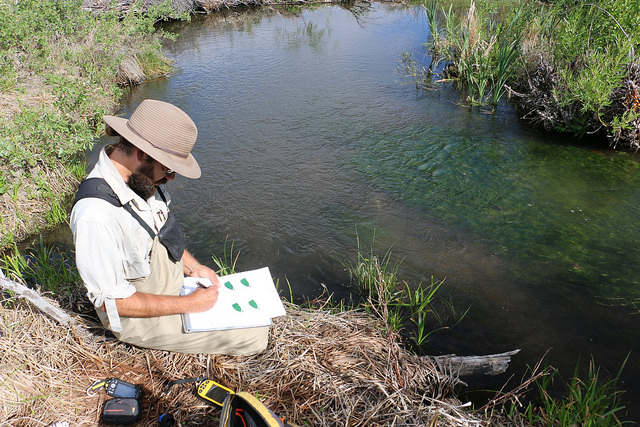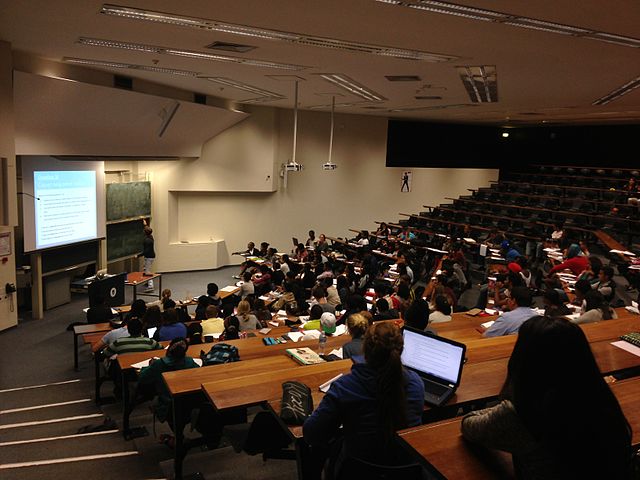Have you ever thought about teaching History? Have you ever seen yourself as a biochemical scientist? It might sound uncommon, but both are great career path choices. Discover the Top 10 college majors with the lowest unemployment rate, according to the career site Zippia.
Photo: Biomedical Engineering Lab/ UC Davis College of Engineering
Have you ever thought about teaching History? Have you ever seen yourself as a biochemical scientist? It might sound uncommon for most people, but it sure is a great choice for a career path. If you are one of those students worried about finding a job after college, or if you do not know how the labor market will behave in the coming years, here is a list based on the career site Zippia, that will let you know which are the top ten majors in the US with the lowest unemployment rates.
Zippia used a US census data to estimate the unemployment rate for 22 to 25-year-old students in various fields. Composition and Rhetoric, Anthropology and Archaeology, Film Arts and Mass Media, are amongst the most complicated majors to have when trying to get a job. It does not sound encouraging, but we will focus on the bright side of this investigation. Consider this Top 10 of college majors when deciding which major to take.
10. Civil Engineering – 4.29%
Those in charge of the design and maintenance of bridge structures, building constructions and roadways, to name a few activities, are civil engineers. It seems global urbanization won’t slow down so we need more of them.
In Latin American countries like Mexico and Chile, unexpected natural disasters exposed a shortage of civil engineering professionals. Also, as described in this article published in the New York Times regarding the earthquake of September 19, 2017, in Mexico City, a weak professionalization of this workforce was revealed.
Photo: James Famkima
9. Biochemical Science – 4.22%
The most desired subdivisions of STEM fields (Science, Technology, Engineering and Mathematics) is biomedical science. We refer to lab technicians performing research and drug development tasks. In addition, one of the most important activities of a biomedical scientist is the design of new technologies dedicated to improving public health.
Photo: Biomedical Engineering Lab / UC Davis College of Engineering
8. Language teaching and Drama – 4.11%
The study conducted by revealed that only 6 of the 146 foreign language and drama teachers were unemployed. If your plan is to dedicate your career to instruction and you are willing to specialize, then you are on the right track.
Photo: Jirka Matousek
7. Animal Science – 3.97%
It is well known that new generations are more concerned with animals (mostly pets) compared to past decades. A study conducted by The American Pet Products Association, showed growth of at least 130%, from 2001 to 2016, in the pet industry in North America. It seems obvious to think that this industry will require more scientists specialized in animals in the future.
6. Nursing – 3.81%
Hospitals and clinics are always looking for nurses to cover their morning and night shifts. There is a global shortage of nursing staff, as exposed by the Health Affairs report on hospital care in five different countries. According to this study, work discontent and exhaustion might be some of the reasons that would explain this insufficiency of medical workers.
5. Elementary Education – 3.63 %
Although elementary education is not a specialization, it is a stable job. The Zippia study showed that only 29 of the 799 teachers surveyed did not have a job.
Photo: Woodleywonderworks
4. Communication and Education Disorders Science and Services – 3.48%
This diverse and disregarded profession comprehends specialists such as speech therapists, hearing and language professionals, disability researchers among other physicians and therapists.
Photo: Lee Health
3. Special Needs Education – 3.11%
Most people helping those with special needs are either family members or individuals not qualified for the job. The lack of professionals in this field is global; there is a growing need for these types of specialists.
Photo: U.S. Census Bureau
2. Natural Resources Specialist – 2%
Climate change is already affecting our daily lives. It is no surprise that an expert on natural resources will be essential in the coming years. This study showed that only two out of a hundred do not find employment.
Photo: Bureau of Land Management Oregon and Washington
1. Social Science or History Teacher – 1%
The most stable career to choose in the US is related to education. Specifically, social sciences and history subjects. According to this study, 99% of the graduate teachers get a job.
Photo: Discott
This article from Observatory of the Institute for the Future of Education may be shared under the terms of the license CC BY-NC-SA 4.0 
)
)












)